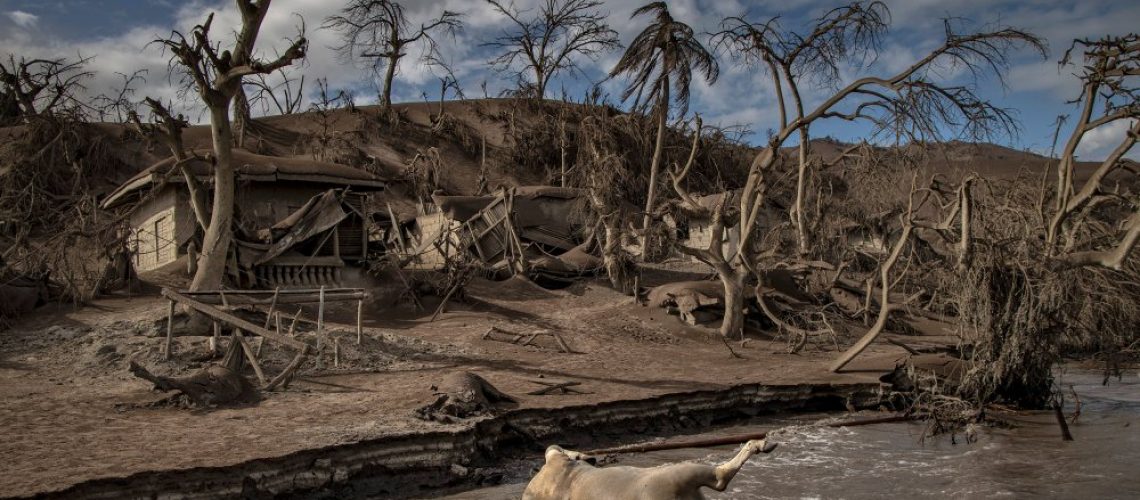WordPress Multisite lets you create an entire network of sites powered by a single WordPress install.
You can either keep your network private and use it to power your own network of sites – like a local business creating a network site for each location. Or, you can make your network public and let people register and create their own sites in your network, like WordPress.com.
While each site gets its own dashboard, everything is powered by a single WordPress install and a single database, and individual site owners don’t have quite as much control.
In this post, we’ll share a little more about how WordPress Multisite works and when it is, or isn’t, a good idea to use Multisite. Then, we’ll show you step-by-step how to set up your own WordPress Multisite network.
How Does WordPress Multisite Work?
WordPress Multisite is a core WordPress feature, though it’s not enabled by default.
Once you enable it, you’ll get a new Network Admin dashboard where you can manage all the sites in your network. WordPress Multisite also adds a new Network Admin user role, which is the only type of user account that can access the aforementioned dashboard.
There, you can make decisions like:
- Whether or not users can register and create their own sites.
- Which themes and plugins are available to network sites.
- How much control individual site owners have, like whether or not they can manually deactivate some of the plugins that you’ve made available.
Each site will also get its own WordPress dashboard where people can manage content, themes, and plugins. However, unlike a regular WordPress site, individual site admins cannot install their own themes or plugins – they can only choose from the options that the overall network admin has enabled.
How WordPress Multisite Works on a Technical Level
WordPress Multisite allows you to create unlimited network sites, but there’s a big difference in how WordPress stores the data for these sites.
If you were to create multiple single sites WordPress installs, each site would get its own database and files.
However, with WordPress Multisite, all the sites share the same database and files.
Misha Rudrastyh has a great breakdown of how a Multisite database works if you want a deeper technical look, but basically:
- WordPress will create some new database tables for each network site.
- WordPress shares some tables between all the network sites.- most notably wp_users.
Additionally, to organize the files for each network site, WordPress adds a folder for each network site in the uploads folder. For example:
- Single site – uploads stored in wp-content/uploads/year/month
- Multisite – uploads stored in wp-content/uploads/NETWORK_SITE/year/month
When Should You Use WordPress Multisite?
WordPress Multisite is a good option if you’re:
- Building a network of sites with similar functionality.
- Looking to create a place where individual users can create their own sites, like WordPress.com. Some membership plugins can even integrate with Multisite so that you can charge people to create a site on your network.
To the first use case, a few examples would be a:
- Physical business with a separate site for each different location.
- University with a separate site for each department or faculty member.
- Real estate/insurance agency with a separate site for each agent.
- Etc.
For example, the Georgia State University website is a WordPress Multisite install with over 150 network sites for various departments, functions, etc.

